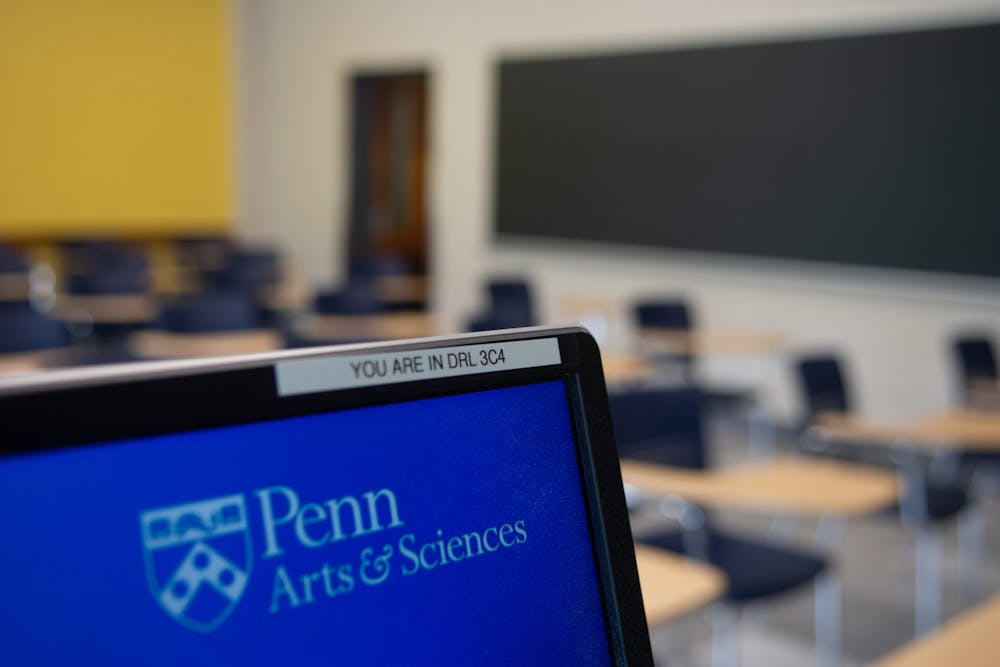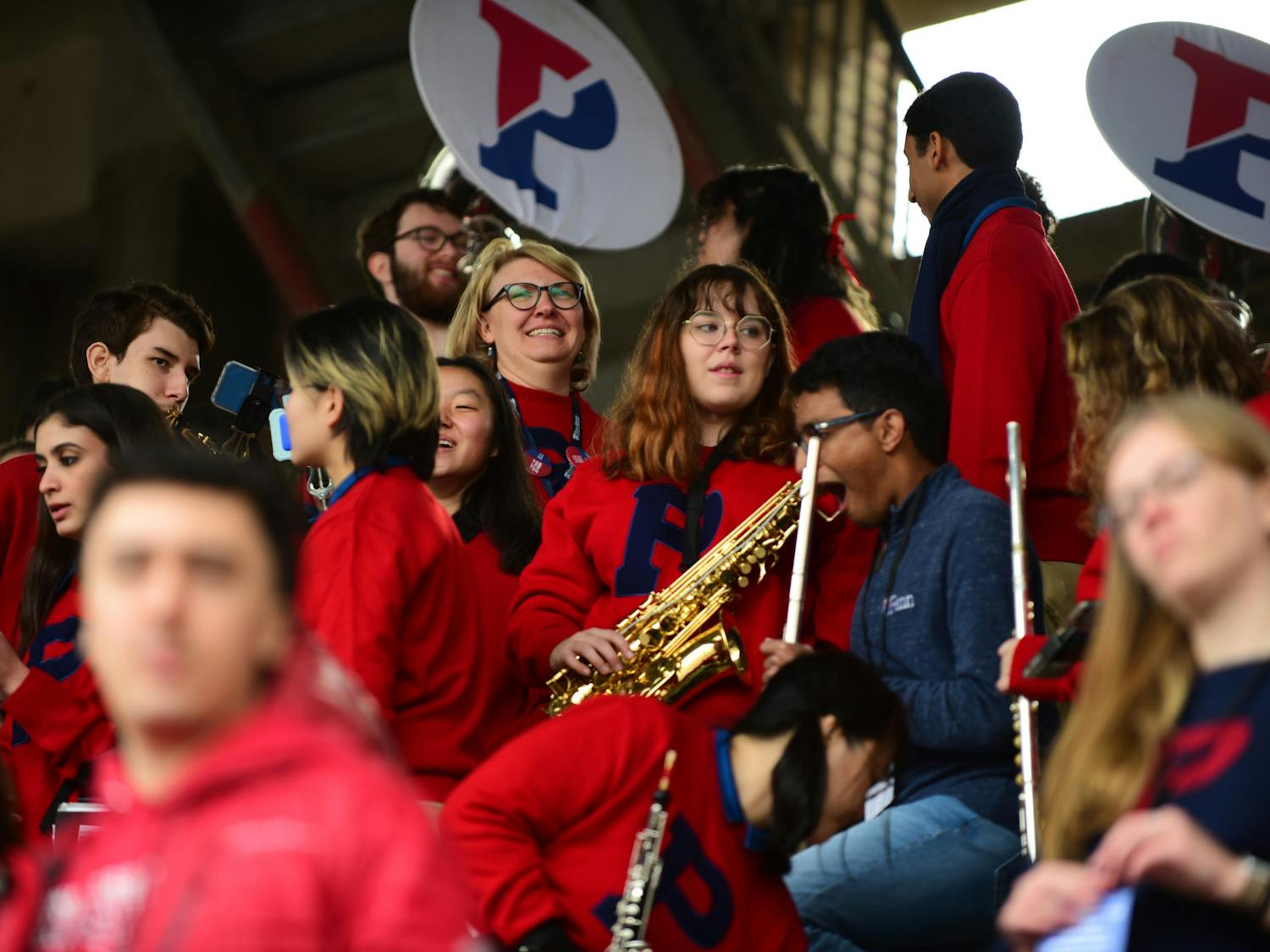Professors are adapting their courses to prepare for a variety of scenarios after an announcement that the University will consider four possible plans for the fall semester.
The May 21 email from Penn President Amy Gutmann, Provost Wendell Pritchett, Executive Vice President Craig Carnaroli, and Perelman School of Medicine Dean J. Larry Jameson listed four scenarios for the fall, including a fully online semester and a hybrid of in-person and remote instruction. Under hybrid instruction, classes with fewer than 25 students would be held in-person, while larger courses would remain online. The University is also considering expanded summer course offerings and an in-person semester ending at Thanksgiving Break, according to the email.
Associate Professor in the School of Social Policy and Practice Toorjo Ghose said although he hopes to teach in-person in the fall, he is preparing for a fully online semester. Ghose said he is adapting his course for the fall based on what he learned from teaching online during the second half of the spring semester.
Ghose said he found that holding live video meetings was critical to the success of one of his classes last semester, FNAR 316: Art and Social Work, and he plans to emphasize this mode of teaching for the fall.
"The act of gathering online in such a quarantined time is extremely important," he said.
In SWRK 798: Taking Down the Prison Industrial Complex next semester, Ghose plans to assign students projects that require them to reflect on the effects of the pandemic. He is also in the process of creating a class for the fall that will focus on the coronavirus and political responses to it.
"We have this huge global problem, life and death situation, and we're still expected to do papers on something that's not connected," Ghose said. "Everything that we do in class we are trying to gear towards how the pandemic is connecting and shaping our environments."
Senior Lecturer Nakia Rimmer, who is the Associate Director of Undergraduate Mathematics, said he is currently adapting the structure of MATH 103: Introduction to Calculus and MATH 104: Calculus I so that they will work within any of the University's provided fall scenarios.
RELATED:
Penn outlines four possible scenarios for fall 2020, will finalize plan by end of June
Penn adds 300 seats to summer courses to compensate for 70% increase in enrollment
Here’s how Philadelphia-area colleges are planning for the fall semester
Because both classes have over 150 students, Rimmer said he did not see any way for his lectures to continue as normal in the fall, as even the possible hybrid format of instruction limits the enrollment of in-person classes to no more than 25 students.
Rimmer said he now plans to record his lectures for students to view outside class time, unlike his previous model of in-person lecturing. During class meeting times, Rimmer said he will host live online or in-person sessions during which students can ask questions and discuss the lecture material.
“Whether we'll have half the students or all the students, the lectures are recorded and the live session will be recorded, so a student can be wherever in the world or in the lecture hall and still be able to keep up with the class,” Rimmer said.
Professor of Mechanical Engineering and Applied Mechanics Thomas Cassel said although he is waiting for an official statement from the University on the fall semester before adjusting his course syllabi, he hopes he will be able to hold EAS 546: Engineering Entrepreneurship II, which seats up to 25 students, in-person. Cassel said he expects his larger lecture course, ESE 400: Engineering Economics, to remain online even if students do return to campus in the fall.
"It's tough to tell, because until we know the decision on exactly what the format's going to be, it's all contingency planning right now," Cassel said.









